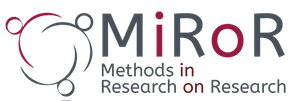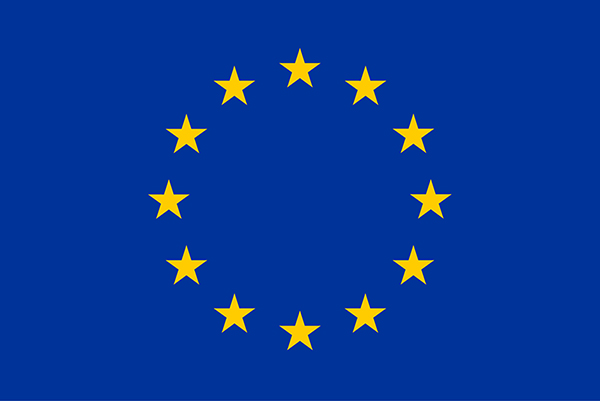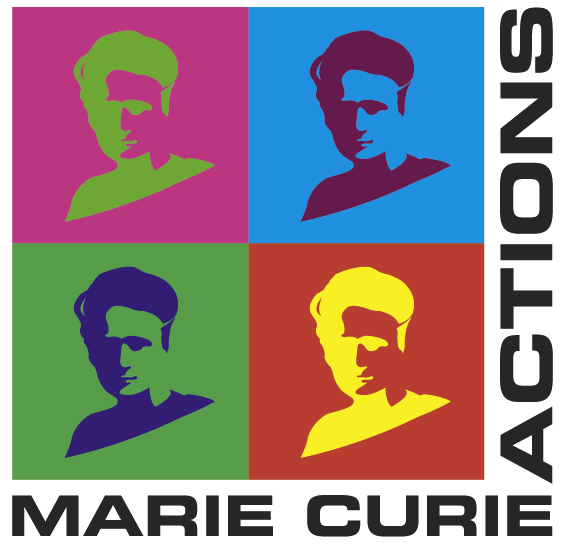The first MiRoR Journal Club experience: a setting for critical thinking
The first MiRoR Journal Club experience: a setting for critical thinking
24 January 2017 Comments Off on The first MiRoR Journal Club experience: a setting for critical thinking“Critical thinking is thinking about your thinking while you’re thinking
in order to make your thinking better.” Richard W. Paul
Methods in Research on Research (MiRoR) project aims to encourage critical thinking and to promote effective research communication. As a strategy to pursue these goals, the MiRoR project launched a Journal Club. The activity is scheduled every three months and the session is led by two different MiRoR Early Stage Researchers (ESRs). During each session, the participants discuss a recently published journal article with the aim to translate the debate into a Letter to the Editor. Therefore, this initiative is an ideal channel to engage researchers at an early stage and invite them to publish in a high impact journal. The diversity of ESRs, supervisors and mentors in the MiRoR group, provides the opportunity to select and review scientific articles from different fields of knowledge including medicine, public health, epidemiology, biostatistics, computer science and pharmacy, among others.
The two ESRs for the first MiRoR journal club were Linda Nyanchoka (Université Paris Descartes) and Camila Olarte Parra (Ghent University). They were supervised and guided by Professor Els Goetghebeur, from the Department of Applied Mathematics, Computer Science and Statistics at Ghent University.
To organize and execute the first Journal Club, the following steps were undertaken:
- Searching for relevant articles with a potential for discussion by subscribing to health journals to receive updates of new publications, hand-searching the latest issues and receiving suggestions from other colleagues.
- Once potential articles were spotted, the deadlines and requirements for writing letters to the editor of the corresponding journal were reviewed.
- An initial discussion between the assigned ESRs and supervisor on the papers was conducted to define which paper was most relevant. Relevance was based on topic, journal impact, areas in article where meaningful improvement was possible and potential for forming the basis of discussion within the group.
- The selected article was then shared with the other ESRs and supervisors.
- In order to prepare for the discussion, the organizing team looked at other similar articles to contrast. This step also included performing additional calculations for the data analysis by using different criteria proposed by previous articles.
- The assigned ESRs chaired a videoconference that included all the other ERSs and involved related supervisors to discuss the chosen article.
- The organizing team summarized the discussion and prepared a succinct letter to the editor, addressing the most relevant points.
- The participants of the Journal Club provided feedback on the initial draft.
- The manuscript was adjusted accordingly by the organizing team.
- The last step was to submit the letter to the journal and hope to get accepted for publication. Within the MiRoR group it was discussed that, in case that the letter was not accepted by the journal, it would be posted to PubMed Commons.
Reflections on the Letter to the Editor from Linda and Camilla
This first MiRoR journal club session took place in November 2016. One of the major barriers encountered was time. As letters to the editor are typically admissible within four weeks of publication, selecting an article meeting our criteria was no easy feat. Additionally, critically thinking while reading new articles on varying subjects required cognitive flexibility.
We found that, material to the journal club’s mission, is the ESRs’ extracurricular effort and time commitment to carefully understand the nuances of the article and articulate a position with carefully crafted arguments. Through these endeavors, we hope to impact science by starting or changing discourse on the subject with other scientists. These achievements will be manifested by a publication at best, or at a minimum, through public dissemination online. Thus, we found the exercise to be a wonderful way to contribute to the science community by opening channels of constructive communication.
All in all this process was a positive way to communicate not only with other journal authors and their editors, but also indirectly with the clinicians and patients for whom our discussion is relevant.




